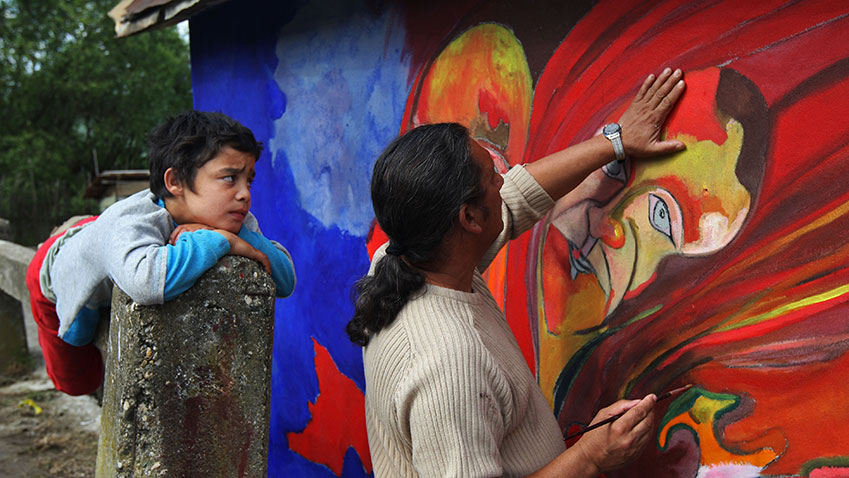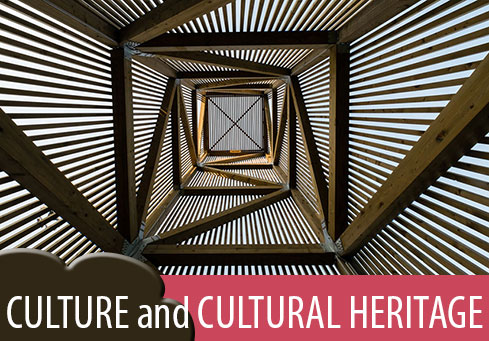Cultural Resources for Roma Inclusion

The project contributed to the trust-building of Roma people and for the public to a better understanding of Roma culture and heritage which are pre-conditions for effective and sustainable inclusion. Roma culture and heritage represent an important development potential for Roma communities that so far have not been sufficiently exploited.
The integration of ancient and traditional cultural practices in Roma communities into a modern culture tourism offer also prevents the extinction of the heritage and thereby ensuring that a rich cultural bond between the past and the present is not lost. Roma cultural heritage also has an important potential for the development of modern cultural practices (with heritage elements).
During the feasibility phase (August 2012 to January 2013), financed by the Open Society Foundation, out of 30 Roma settlements approached for the project, five settlements were selected on the basis of specific criterias. During the preparatory phase from April to December 2013 the participating settlements proceeded to the mapping of their potential cultural activities, resources, skill and facilities and prepared a detailed business plan and the identification of funding sources for the implementation phase which started in 2014.



